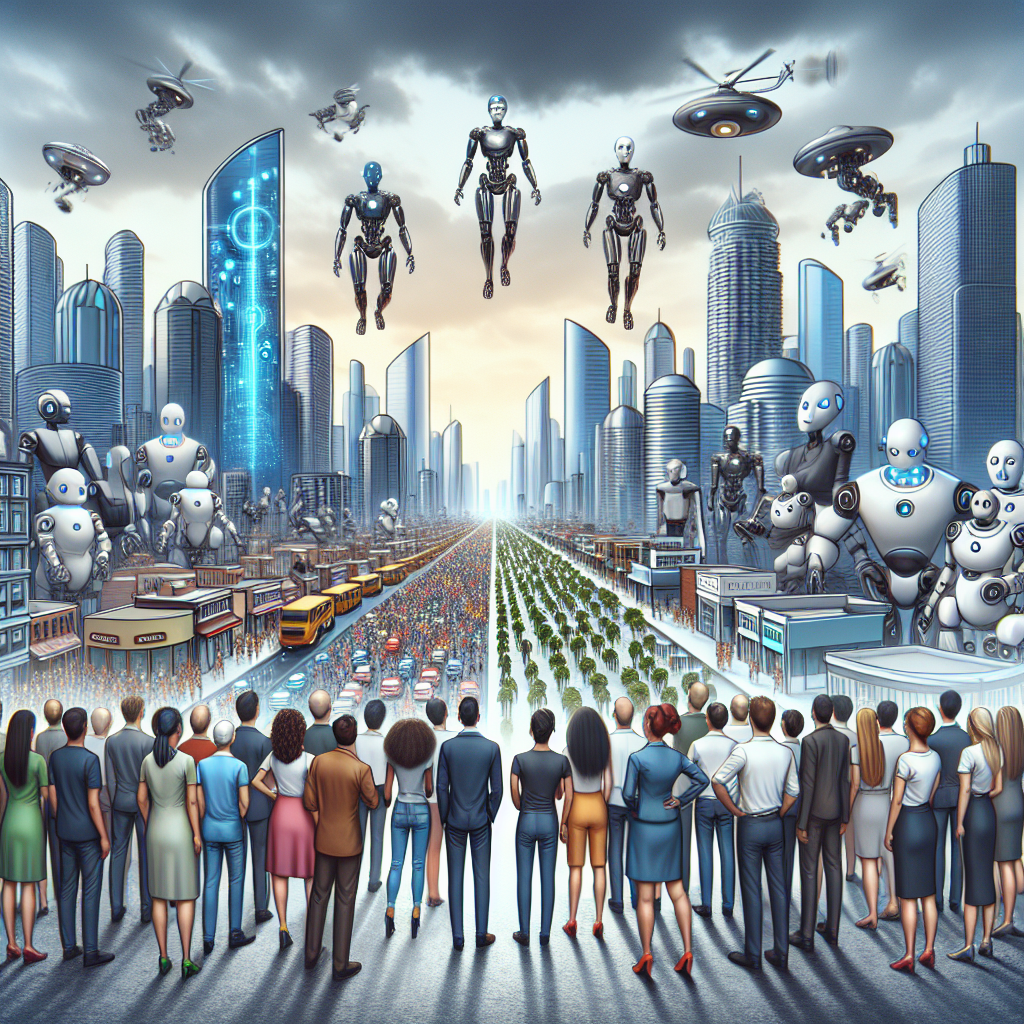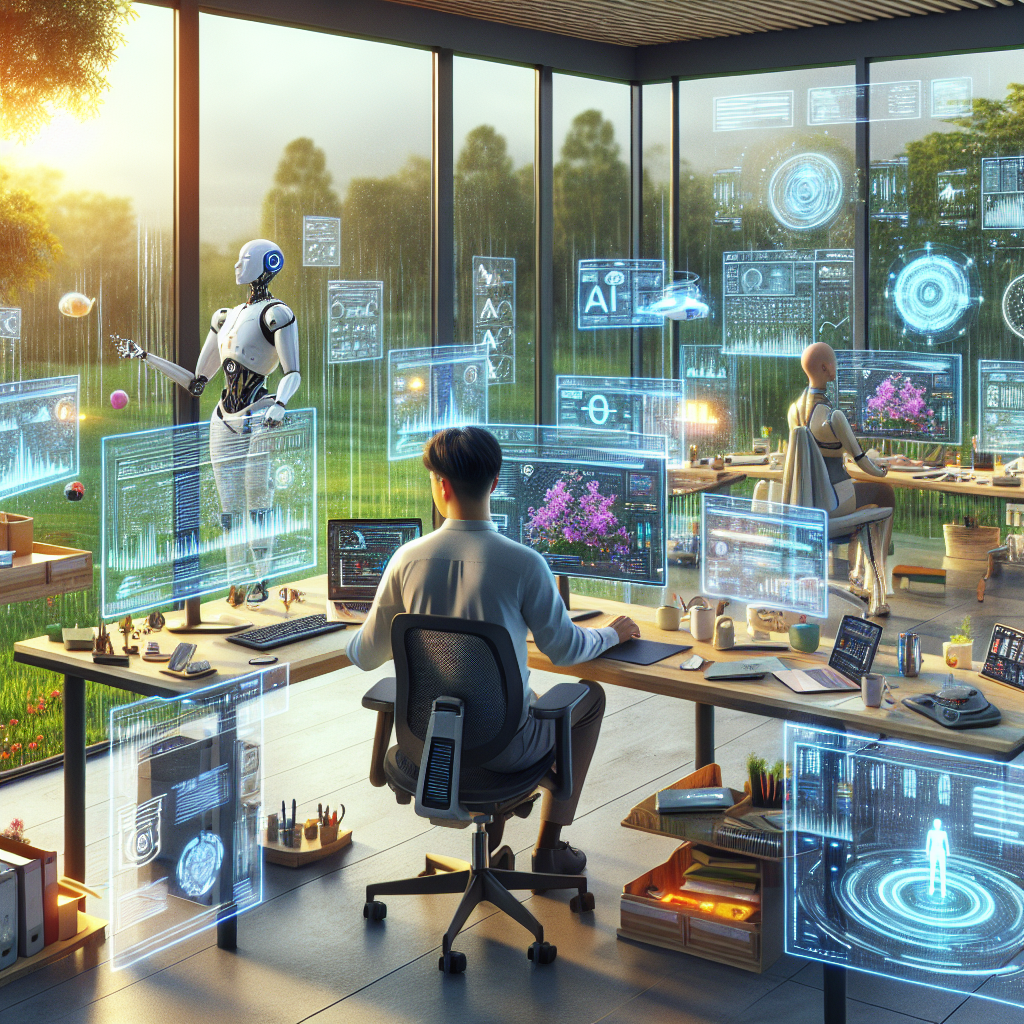-
Table of Contents
Robotics & Automation: Is the Future of Jobs at Risk?

As technology continues to evolve at an unprecedented pace, robotics and automation are becoming increasingly integrated into various industries. From manufacturing and logistics to healthcare and customer service, machines are taking on tasks that were once exclusively performed by humans. This rapid transformation has sparked a global debate: Is the future of jobs at risk due to robotics and automation?
The Rise of Robotics and Automation
Robotics and automation refer to the use of machines and software to perform tasks with minimal human intervention. These technologies are designed to increase efficiency, reduce errors, and lower operational costs. According to a 2023 report by the International Federation of Robotics (IFR), there were over 3.5 million industrial robots operating in factories worldwide, a number that has been growing steadily each year.
Automation is not limited to physical robots. Software automation, such as Robotic Process Automation (RPA), is being used to handle repetitive digital tasks like data entry, invoice processing, and customer support. Companies like UiPath and Blue Prism have developed platforms that allow businesses to automate complex workflows, further reducing the need for human labor in certain areas.
Industries Most Affected by Automation
Some industries are more susceptible to automation than others. Manufacturing has long been at the forefront of robotic integration, with assembly lines increasingly populated by robotic arms capable of performing precise, repetitive tasks. In the automotive industry, for example, robots are used for welding, painting, and assembling parts, significantly reducing the need for manual labor.
The retail and logistics sectors are also experiencing a surge in automation. Amazon, for instance, uses over 750,000 robots in its fulfillment centers to sort, pack, and transport goods. Similarly, self-checkout kiosks in supermarkets and AI-powered chatbots in customer service are replacing traditional roles once held by human employees.
Even white-collar jobs are not immune. In the financial sector, algorithms are used for trading, fraud detection, and risk assessment. Legal firms are employing AI to review contracts and conduct legal research, tasks that were once the domain of junior associates and paralegals.
Job Displacement vs. Job Creation
While automation does lead to job displacement, it also creates new opportunities. The World Economic Forum’s “Future of Jobs Report 2023” estimates that while 85 million jobs may be displaced by automation by 2025, 97 million new roles could emerge that are more adapted to the new division of labor between humans, machines, and algorithms.
These new roles often require different skill sets, such as data analysis, machine learning, cybersecurity, and robotics maintenance. As a result, there is a growing demand for workers with technical expertise. Educational institutions and governments are increasingly focusing on reskilling and upskilling programs to prepare the workforce for these emerging roles.
The Human Element: Skills That Machines Can’t Replace
Despite the capabilities of modern robotics and AI, there are certain human traits that remain difficult to replicate. Creativity, emotional intelligence, critical thinking, and interpersonal communication are areas where humans continue to have an edge over machines.
Jobs that require empathy, such as those in healthcare, education, and social work, are less likely to be fully automated. For example, while AI can assist doctors in diagnosing diseases, the human touch in patient care remains irreplaceable. Similarly, teachers play a crucial role in mentoring and inspiring students, a task that goes beyond mere information delivery.
Challenges and Ethical Considerations
The transition to an automated workforce is not without its challenges. One major concern is the widening skills gap. Workers displaced by automation may not have the necessary training or resources to transition into new roles. This can lead to increased unemployment and social inequality if not addressed proactively.
There are also ethical considerations regarding the use of AI and robotics. Issues such as data privacy, algorithmic bias, and accountability in decision-making are becoming increasingly important. For instance, if an AI system makes a mistake in a medical diagnosis or a legal judgment, who is held responsible?
Preparing for the Future
To mitigate the risks associated with automation, a multi-faceted approach is required. Governments, businesses, and educational institutions must collaborate to create policies and programs that support workforce transition. This includes investing in education, promoting lifelong learning, and providing social safety nets for those affected by job displacement.
Companies can also play a role by adopting responsible automation strategies. Instead of using technology solely to cut costs, businesses can focus on augmenting human capabilities and creating more meaningful work. For example, automating routine tasks can free up employees to focus on creative problem-solving and customer engagement.
Conclusion
Robotics and automation are undoubtedly transforming the job landscape. While they pose a risk to certain types of employment, they also offer opportunities for innovation, efficiency, and new career paths. The key lies in how society chooses to adapt to these changes. By investing in education, embracing lifelong learning, and fostering a culture of adaptability, we can ensure that the future of work remains inclusive and sustainable. Rather than fearing automation, we should focus on harnessing its potential to enhance human productivity and well-being.


